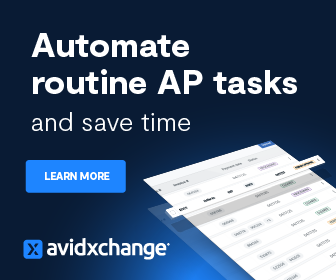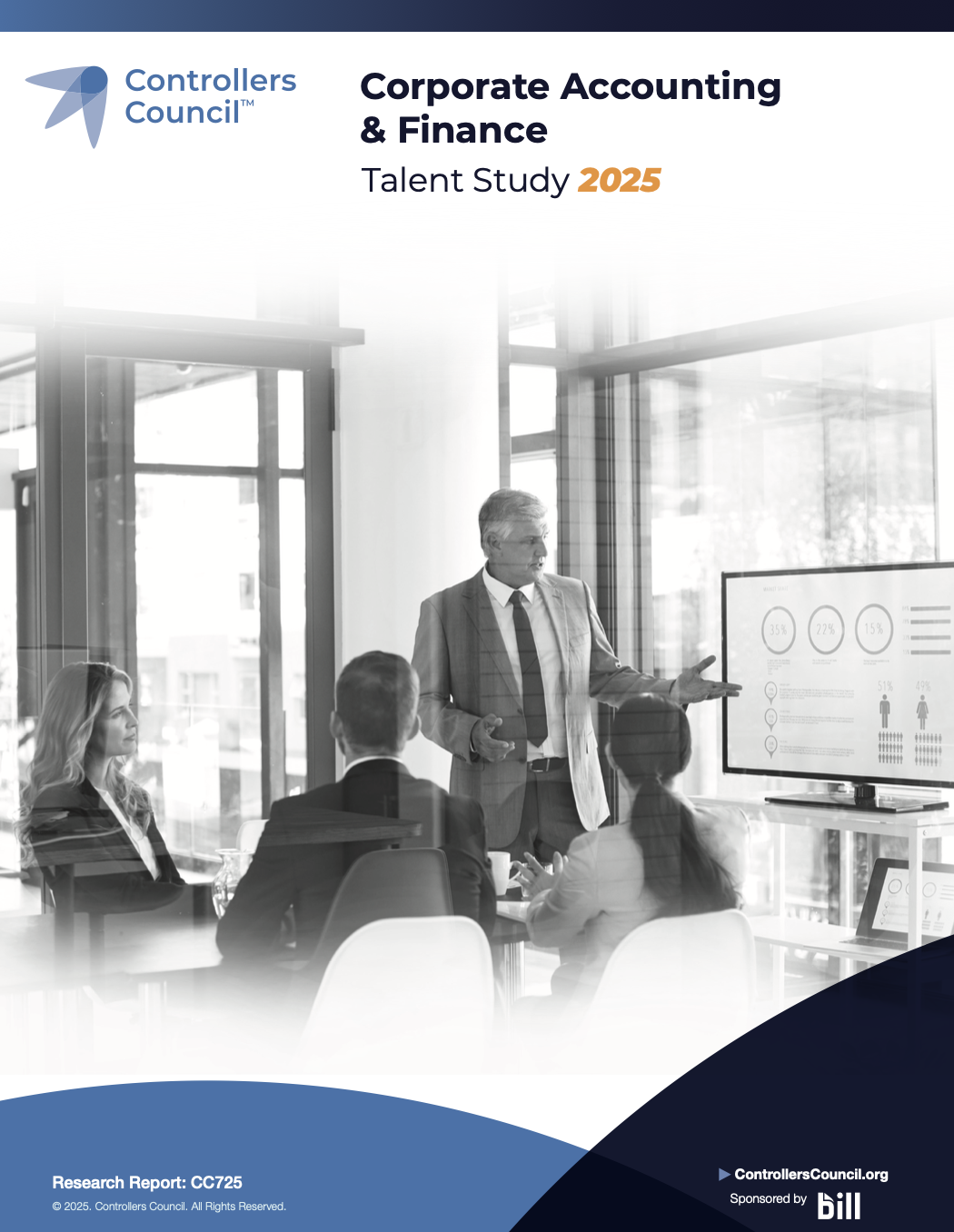Spend optimization is so much more than spend management—it is an integrated approach to corporate spend that uses automation at scale, digital transformation, and data visibility to achieve frictionless finance.
For finance leaders who understand that financial analytics is imperative to success, the question becomes what to look for in a spend optimization platform.
1. How airtight (or vulnerable) is your current payments process?
First, you’ll need to determine just how risk-proof (or risk-prone) your current payments process is. After all, cash leakage can seriously impact your bottom line. According to a recent Association of Certified Fraud Examiners report, 5% of revenue is lost to fraud each year, and global payment card fraud losses reached an astounding $28.65 billion in 2019.
- Separation of duties: Who has the authority to approve or deny all transactions—a dedicated team or a single employee? If it’s the latter, are you implementing any oversight over the employee’s payments review and approval processes, or are they left flying solo?
- Transaction approvals: Is an employee or team responsible for reviewing all payments before they are processed? What degree of visibility do you have into all transactions?
- Audits and control testing: Does your organization hold internal, randomly conducted audit procedures? Does a trusted third party conduct all internal audits?
- Payment safety and security: Do all company-issued devices have the proper protection, like regularly updated firewalls? Are employees relying on risky physical cards or secure virtual cards?
These questions are imperative as they apply to each of your finance teams, from AP and departmental spend to individual spend and T&E. After all, identifying risk requires analyzing each point of vulnerability in your organization. You have to look at each system individually, from procurement card programs to travel and expense reports, electronic payments, and paper invoices. Then you must compare the data from each of those individual systems with data across every other system to truly understand the complete picture of risk at your organization.
2. How streamlined is your current payments process?
- Spend system ease of use: How easy and intuitive are our current payments and spend management process? For instance, can AP and different departments, teams, and individuals access your spend solution as needed?
- Remote employees: Can remote or hybrid employees submit receipts online or via mobile without hassle? And can you review and reimburse employees for their expenses just as quickly?
- Online safety and security: Are your employees adequately educated and trained on best practices for online safety? What checks and balances are in place if any systems become compromised? Who will be alerted?
3. What are your long-term spend goals?
- Gather more accurate spend data as automatically as possible
- Integrate your spend data with business decisions (e.g., garner actionable spend data insights for informed, confident decisions)
- Track resulting business outcomes (what worked and what didn’t? Were your data insights dependable?)
- How do you measure culture? Take cultural snapshots before, during, and after your implementation, and measure the effects on your teams. The results might surprise you.
- What do cleaner processes and better vendor master lists do for employee satisfaction?
- What are the secondary effects of more effective processes and less waste worth?
4. Does your current spend process help to humanize work?
We all know that happier employees are more productive employees. Teams actively engaged with their work are 21% more effective than teams with lower engagement.
Just as being bogged down with tedious, time-consuming work can leave employees feeling unmotivated and undervalued, implementing effective processes can free their time for more meaningful work, leaving them happier and more productive. According to FOW Media, organizations that have implemented automation are nearly one-third (31%) more productive.
- Tedious, time-consuming tasks: How many hours a week do employees spend on manual, paper-based spend processes? The average AP clerk processes around five invoices per hour by hand, and large companies can take more than 11 days to process a single invoice. Imagine how many hours would be saved by automating these tedious manual tasks.
- Improving current processes: Where is it most useful if automation is already in place? Least useful? How many employees are defaulting to manual procedures despite automated solutions?
Spend Optimization is a must-have for innovative organizations
For a more in-depth list of must-haves, get the checklist, here.




